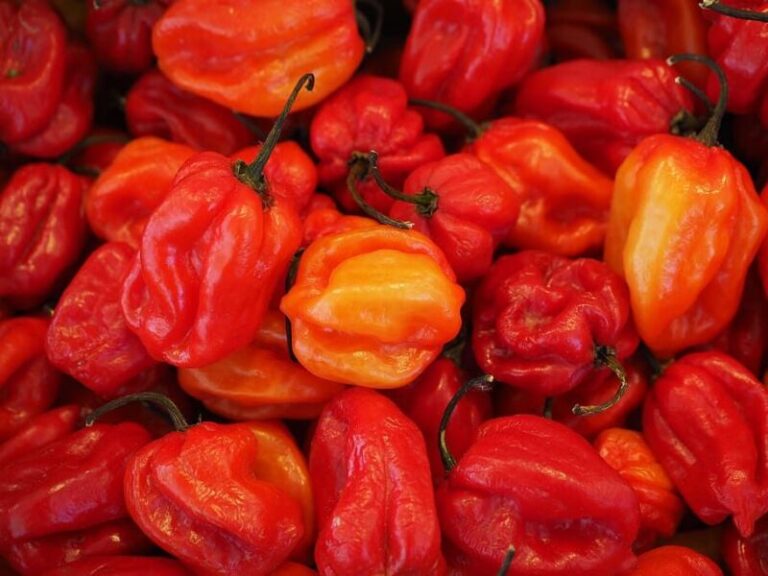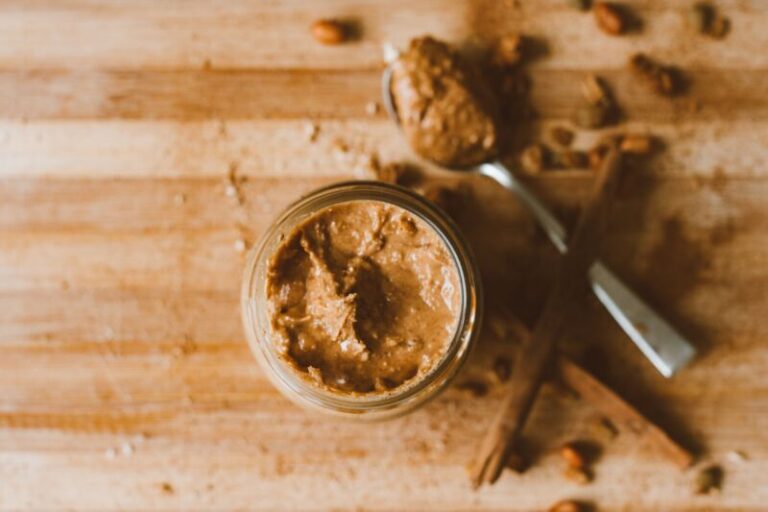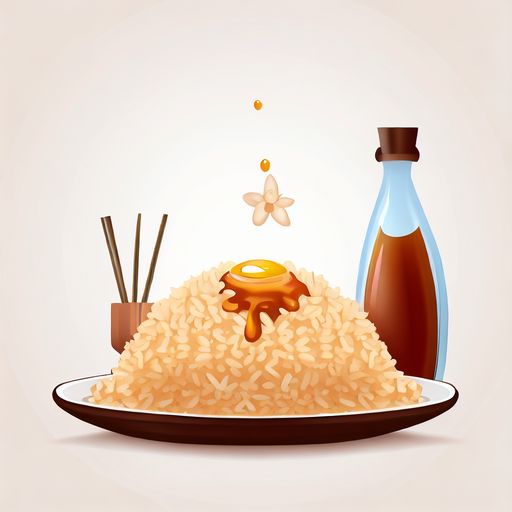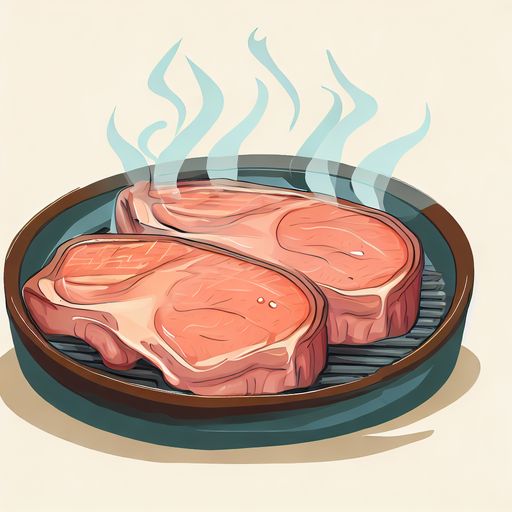Flank vs. Skirt Steak: What’s The Difference
When it comes to choosing the right cut of steak for your recipe, flank and skirt steak are two popular options that often come to mind. While they may seem similar at first glance, there are important differences between these cuts that can greatly impact the outcome of your dish.
Understanding these differences and selecting the appropriate cut can make a significant difference in the tenderness, flavor, and overall success of your recipe.
In this blog post flank vs skirt steak, we will delve into the distinctions between flank and skirt steak, exploring their unique characteristics, flavor profiles, and culinary applications.
Whether you’re planning a backyard barbecue, a delicious stir-fry, or a mouthwatering Mexican dish, knowing the differences between flank and skirt steak will help you achieve the best possible results. Let’s dive in and explore the world of these flavorful and versatile cuts of beef.
What is Flank Steak
Flank steak is a cut of beef that comes from the abdominal muscles of the cow. It is a long, flat piece of meat with a pronounced grain running across it. The location of the flank steak is in the lower chest or abdominal area of the cow, just below the loin and sirloin sections.
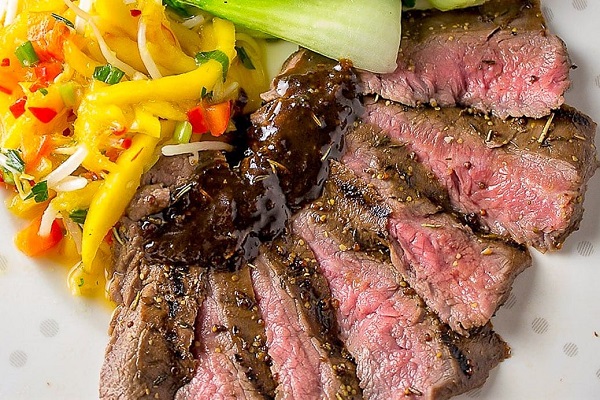
Flank steak is a relatively lean cut of meat, characterized by its rich beefy flavor. It is known for its long, coarse grain, which contributes to its unique texture. The meat is usually dark red in color and has a firm, but tender texture when cooked correctly.
Flank steak has a robust and intense beefy flavor. It has a slightly gamey undertone compared to other cuts of beef. The flavor is often described as strong, savory, and slightly tangy. The meat has a natural richness that pairs well with a variety of seasonings and marinades.
In terms of texture, flank steak is lean and has a coarse grain. When cooked properly, it can be tender and juicy. However, if overcooked, it can become tough and chewy. It is important to slice flank steak thinly against the grain to maximize tenderness.
Flank steak is a versatile cut of meat used in various culinary dishes around the world. It is popular in many cultural cuisines and can be prepared in different ways. Some popular culinary uses of flank steak include:
- Fajitas: Flank steak is a key ingredient in Mexican and Tex-Mex cuisine, particularly in fajitas. The steak is typically marinated, grilled or pan-seared, and thinly sliced. It is then served in tortillas with sautéed onions, peppers, and various toppings.
- Stir-fries: Due to its tender texture and quick cooking time, flank steak is well-suited for stir-fry dishes. It can be sliced thinly and cooked with vegetables, sauces, and seasonings, resulting in a flavorful and satisfying meal.
- Roulades and Stuffed Flank Steak: Flank steak can be butterflied, pounded, and rolled with various fillings such as vegetables, cheese, or bacon. This creates a roulade or stuffed flank steak, which is then roasted or grilled until cooked through.
- Asian Beef Salads: Flank steak is commonly used in Asian-style salads, such as Thai beef salad. The steak is usually grilled or seared, thinly sliced, and combined with fresh vegetables, herbs, and tangy dressings for a refreshing and vibrant dish.
- London Broil: In American cuisine, flank steak is often prepared as a London broil. It is marinated, broiled or grilled to medium-rare or medium doneness, and then thinly sliced against the grain. It is typically served as a standalone dish or in sandwiches.
What is Skirt Steak
A. Skirt steak is a long, thin cut of beef that comes from the diaphragm muscle of the cow. It is located in the abdominal area, below the rib cage and between the chest and the abdomen. Skirt steak is known for its distinctive shape, with a long, narrow strip of meat that tapers at one end.
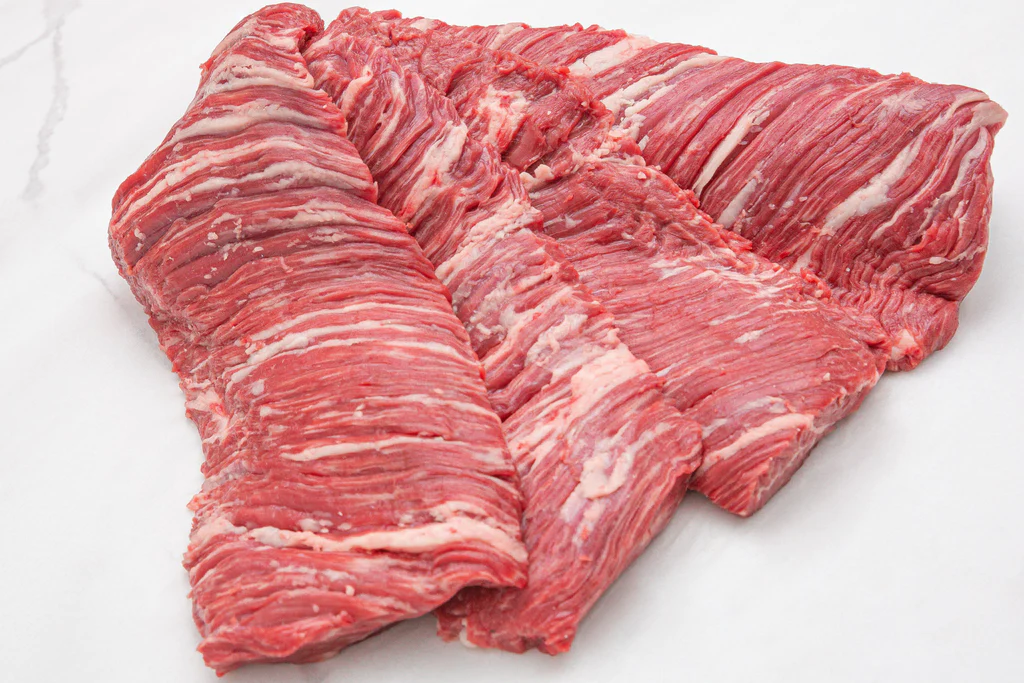
Skirt steak has a coarse texture with long muscle fibers. It is relatively thin and has a pronounced grain that runs along its length. The meat is typically darker in color compared to other cuts of beef.
Skirt steak has a robust, beefy flavor that is often described as rich and savory. It has a pronounced meaty taste and can have a slightly mineral or iron-like undertone. Skirt steak is known for its intense flavor profile, making it popular among meat lovers.
In terms of texture, skirt steak is known for its coarse and chewy nature. It has a substantial bite and requires proper cooking techniques to achieve tenderness. When cooked correctly, skirt steak can be tender, juicy, and full of flavor. However, if overcooked, it can become tough and chewy.
Skirt steak is utilized in a variety of culinary dishes across different cultures. Some popular culinary uses and cultural dishes featuring skirt steak include:
- Fajitas: Skirt steak is widely used in Tex-Mex cuisine for making fajitas. The meat is typically marinated to enhance its flavor, grilled or seared to medium-rare, and then thinly sliced against the grain. It is commonly served with sautéed peppers, onions, tortillas, and various toppings.
- Carne Asada: Skirt steak is a popular choice for carne asada, a Mexican dish that involves marinating and grilling the meat. The marinated steak is cooked over high heat to create a charred and flavorful exterior while maintaining a medium-rare to medium doneness. It is commonly served with rice, beans, tortillas, and salsa.
- Korean Bulgogi: Skirt steak is commonly used in Korean cuisine to make bulgogi, a traditional grilled dish. The steak is thinly sliced, marinated in a sweet and savory sauce, and then quickly grilled or stir-fried. Bulgogi is often enjoyed with rice, lettuce wraps, and various side dishes.
- Chimichurri Steak: Skirt steak is frequently paired with chimichurri sauce in South American cuisine. The steak is grilled or pan-seared and served with a vibrant and herbaceous chimichurri sauce, which adds a tangy and fresh element to the dish.
- Steak Tacos: Skirt steak is a popular choice for making flavorful steak tacos. The meat is seasoned, grilled or pan-seared, and then sliced into thin strips. It is commonly served in tortillas with various toppings such as salsa, guacamole, and cheese.
The Differences Between Flank Steak and Skirt Steak

Texture and tenderness
Flank steak and skirt steak differ in terms of texture and tenderness. Flank steak has a slightly firmer texture compared to skirt steak. It has a coarse grain and can be tender when cooked correctly, especially when sliced thinly against the grain. However, if overcooked, flank steak can become tough and chewy.
Skirt steak, on the other hand, is known for its coarse and chewy texture. It has long muscle fibers and a pronounced grain. Skirt steak requires careful cooking techniques to achieve tenderness. It is often marinated and cooked quickly over high heat to retain juiciness and prevent it from becoming too tough.
Flavor profile
In terms of flavor, flank steak and skirt steak have some similarities but also distinct differences. Both cuts have a rich, beefy flavor profile. However, flank steak has a slightly stronger and more pronounced beef flavor compared to skirt steak. It can also have a subtle gamey undertone.
Skirt steak has a robust and savory flavor, but it may exhibit a slight mineral or iron-like taste. The flavor of skirt steak is intense and can be enhanced with proper marination and seasoning.
Price and availability
In general, flank steak tends to be more widely available and accessible compared to skirt steak. Flank steak is a popular choice in many supermarkets and butcher shops. It is relatively affordable, making it a cost-effective option for grilling, stir-frying, and other preparations.
Skirt steak, on the other hand, may be slightly less common in some areas and may not be as readily available in all supermarkets. It is often found in specialty meat markets or can be obtained by special order from a butcher. Due to its increasing popularity and demand, the price of skirt steak may be slightly higher than flank steak.
Overall, while both flank steak and skirt steak have their unique characteristics and culinary applications, flank steak tends to be more accessible in terms of availability and affordability.
Tips for Buying and Preparing
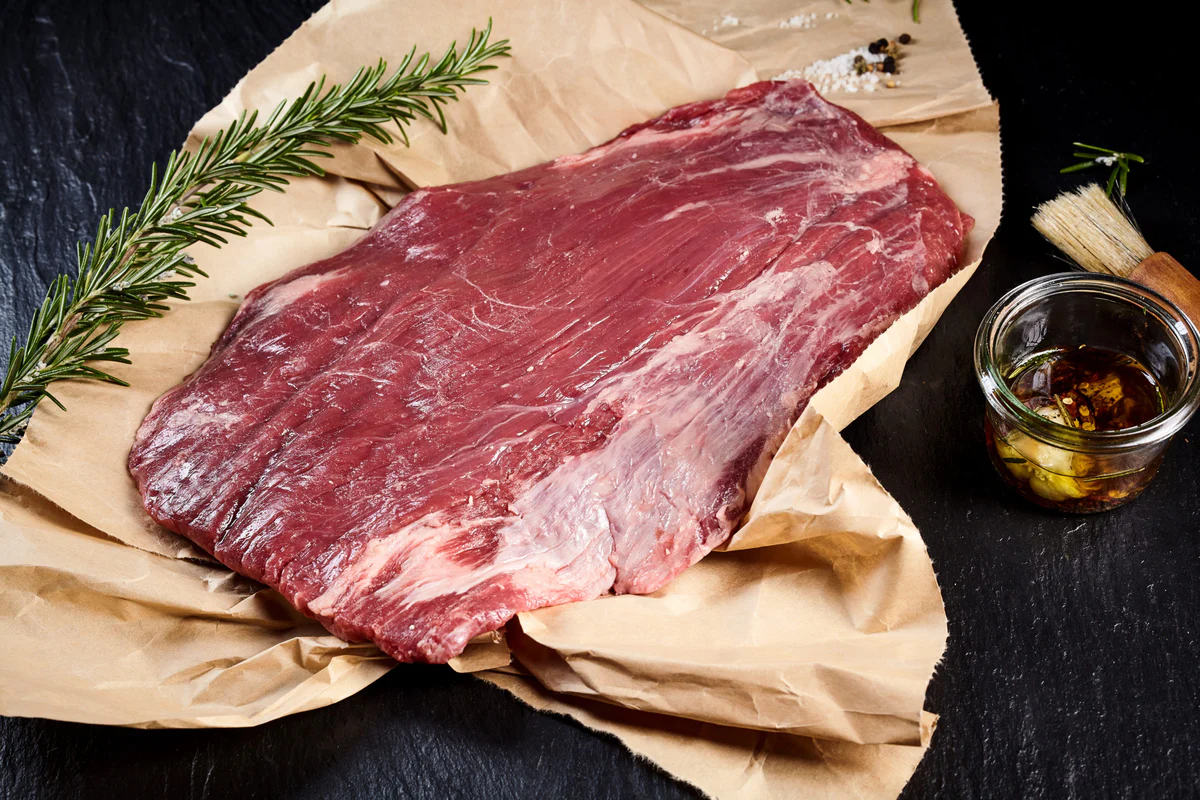
Selecting high-quality flank and skirt steak
- Look for freshness: Choose flank or skirt steak that is bright red in color. Avoid meat that appears brown or has any discoloration.
- Check marbling: Look for moderate marbling (thin streaks of fat) throughout the meat. This can contribute to flavor and tenderness.
- Consider thickness: Opt for flank or skirt steak that is even in thickness. This ensures even cooking and prevents overcooking in thinner parts.
- Quality source: Whenever possible, choose grass-fed or organic beef for better flavor and quality.
Properly marinating and tenderizing the cuts
- Marinating: Both flank and skirt steak benefit from marinating to enhance their flavor and tenderness. Use a marinade with acidic ingredients like citrus juice, vinegar, or wine, along with herbs, spices, and oil. Marinate the meat for at least 30 minutes, or overnight for more flavor.
- Tenderizing: To further tenderize the meat, you can use a meat mallet to gently pound the steak, creating small indentations on both sides. This helps break down the muscle fibers and promotes tenderness.
Essential cooking tips for achieving desired results
- Preheat and oil the grill or pan: Ensure your grill or pan is preheated to medium-high or high heat before cooking the steak. Oil the grates or pan to prevent sticking.
- Cook to medium-rare or medium: Flank and skirt steak are best when cooked to medium-rare or medium doneness. Overcooking can result in toughness. Use a meat thermometer to ensure the internal temperature reaches around 130-135°F (54-57°C) for medium-rare or 140-145°F (60-63°C) for medium.
- Quick cooking: Both cuts benefit from quick cooking over high heat. Grill or sear the steak for a few minutes on each side until it reaches the desired doneness. Avoid overcooking or cooking at low heat for an extended period.
- Resting and slicing: Allow the cooked steak to rest for a few minutes before slicing. This helps the juices redistribute and ensures more tender and flavorful meat. Slice the flank or skirt steak thinly against the grain to maximize tenderness.
- Serve and enjoy: Flank and skirt steak are best served immediately. Consider serving them with your choice of sauces, salsas, or chimichurri to complement the flavors.
Remember that cooking times may vary based on the thickness of the steak and personal preferences, so adjust accordingly. Practice and experience will help you achieve the desired results with these cuts of meat.
Conclusion
In conclusion, both flank and skirt steak offer unique qualities that can elevate your culinary creations. Understanding the differences between these cuts and knowing when to use each one is key to achieving delicious results.
When it comes to recipes that require a tender, melt-in-your-mouth texture, such as steak fajitas or Korean bulgogi, skirt steak is an excellent choice. Its coarse texture and pronounced flavor shine when cooked quickly over high heat, making it perfect for grilling or skillet cooking.
On the other hand, if you’re looking for a slightly firmer texture and a more pronounced beefy flavor, flank steak is your go-to option. It is versatile enough to be used in dishes like steak tacos, chimichurri steak, or even as a standalone grilled steak. Slicing it thinly against the grain after cooking helps maximize tenderness.
Ultimately, the choice between flank and skirt steak will depend on your personal preference, the specific recipe, and the desired texture and flavor profile. Both cuts can deliver exceptional results when prepared and cooked with care.
References:
- https://www.thespruceeats.com/flank-steak-definition-336252
- https://www.foodnetwork.com/how-to/packages/food-network-essentials/skirt-steak-vs-flank-steak-whats-the-difference
- https://www.simplyrecipes.com/recipes/how_to_cook_skirt_steak/
- https://www.americastestkitchen.com/cooksillustrated/articles/1117-how-to-shop-for-and-cook-skirt-steak
